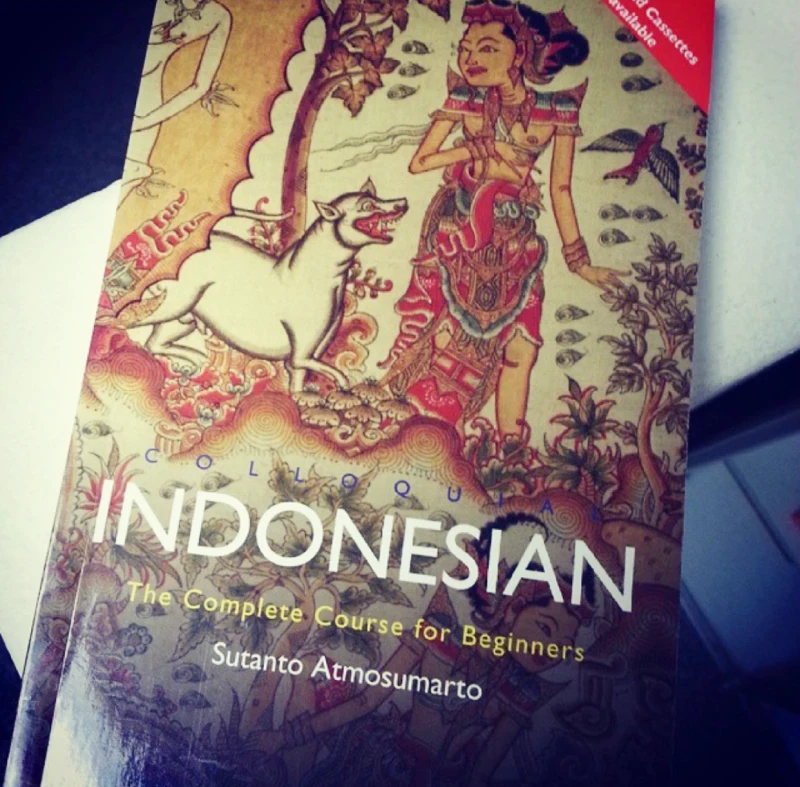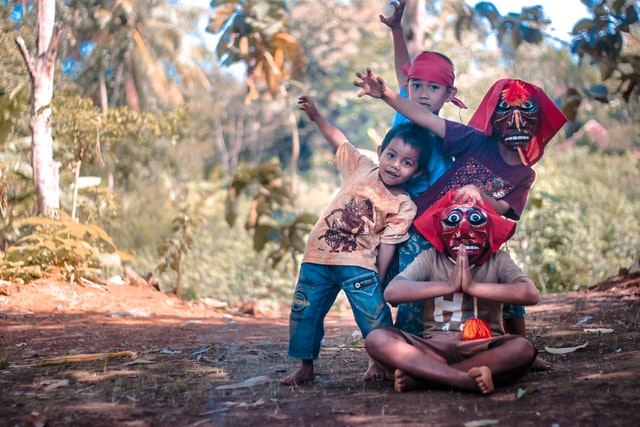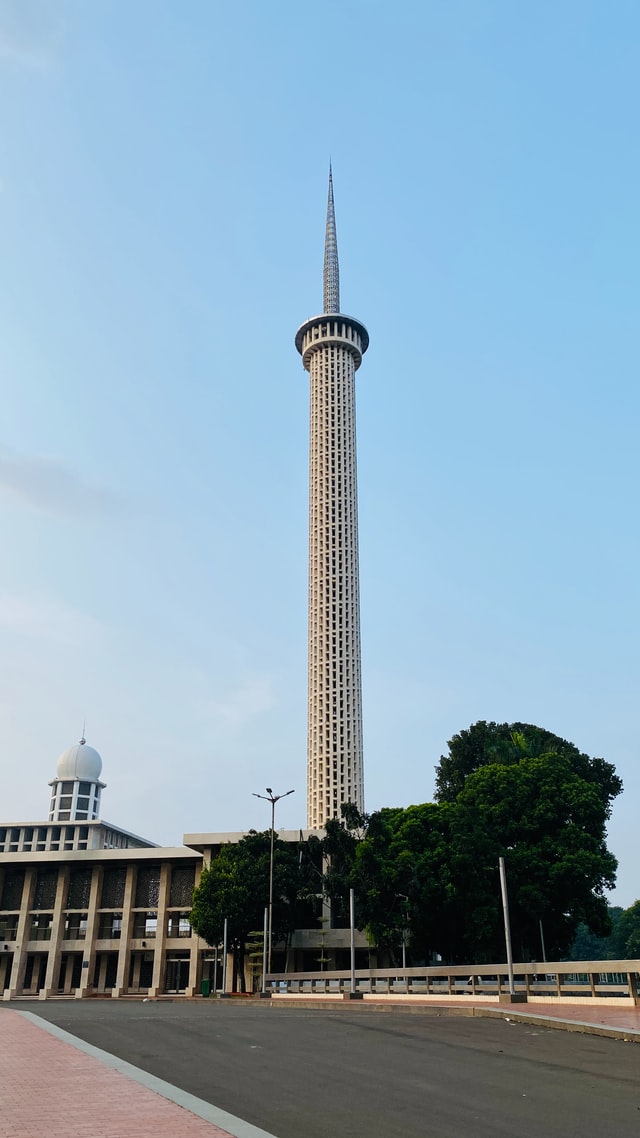Learn to Speak Indonesian
Bahasa Indonesia is a member of the Malayo-Polynesian branch of the Austronesian language family. Bahasa Indonesia is a standardized dialect of Malay which had been used as a lingua franca in the Indonesian archipelago for centuries, and which achieved the status of an official language with the declaration of independence of Indonesia from the Netherlands in 1945. The two languages are very similar in their sound system, grammar, and vocabulary.

Learn Indonesian with Language Door Today!
Language Door’s expert teachers offer instruction for students of all ages. We keep our tuition prices low but offer quality instruction in a pleasant environment. Our class size is always a small group. Our teachers are native speakers and offer the hands on training that will enhance your learning experience.
Interesting Facts About Indonesia the Indonesian Language
Indonesia is home to over 240 million people; it is the fourth most populous nation on Earth (after China, India and the US).
There are more than 700 other languages in active use throughout the archipelago.
With more than 17,500 islands, of which more than 150 are active volcanoes, Indonesia is one of the most geographically and geologically interesting countries on Earth.


Where is Indonesian Spoken?
With dialect variations, Malay-Indonesian is spoken by as many as 250 million people worldwide. It is the dominant language of Indonesia and Malaysia, and is strong in Singapore, Brunei, southern Thailand and the Cocos Keeling Islands of Australia. It is also found in the Sulu area of the southern Philippines and among people of Malay descent in South Africa, Sri Lanka and elsewhere.
About the Indonesian Language
Bahasa Indonesia means literally, “the language of Indonesia”. It is the language that unifies the world’s fourth most populous country – a country comprised of almost 18,000 islands, and inhabited by 350 ethnic groups speaking 750 native languages and dialects. Bahasa Indonesia, a standardised version of Malay, is the sixth most widely spoken language in the world (after Mandarin, English, Hindi, Spanish and Arabic).
From the ninth to the fourteenth century, Malay was the court language of the Sumateran empire of Sriwijaya. It was also the language of the greatest of all medieval Malay states, Malacca. As a result, Malay became the native tongue of the people living on both sides of the Strait of Malacca that separates Sumatera from the Malay Peninsula.
In the succeeding centuries, the Strait of Malacca became a busy sea thoroughfare. Countless travellers and traders passed through and came into contact with the Malay language. They bore the language throughout the islands of Indonesia and, eventually, it became a widely used lingua franca. Later, Muslims and Christians helped spread the language as they used it in the propagation of their faiths. By the time Indonesia began to fall under the control of the Netherlands in the seventeenth century, Malay was so well entrenched as a lingua franca that the European rulers adapted it as a primary medium of communication between the government and the people (along with Dutch).
Given the diversity of cultures and native languages of the islands, it was difficult to find what Indonesians had in common. That common identity would eventually be found by developing a standardised version of Malay to unify the islands, and calling the language Bahasa Indonesia.


